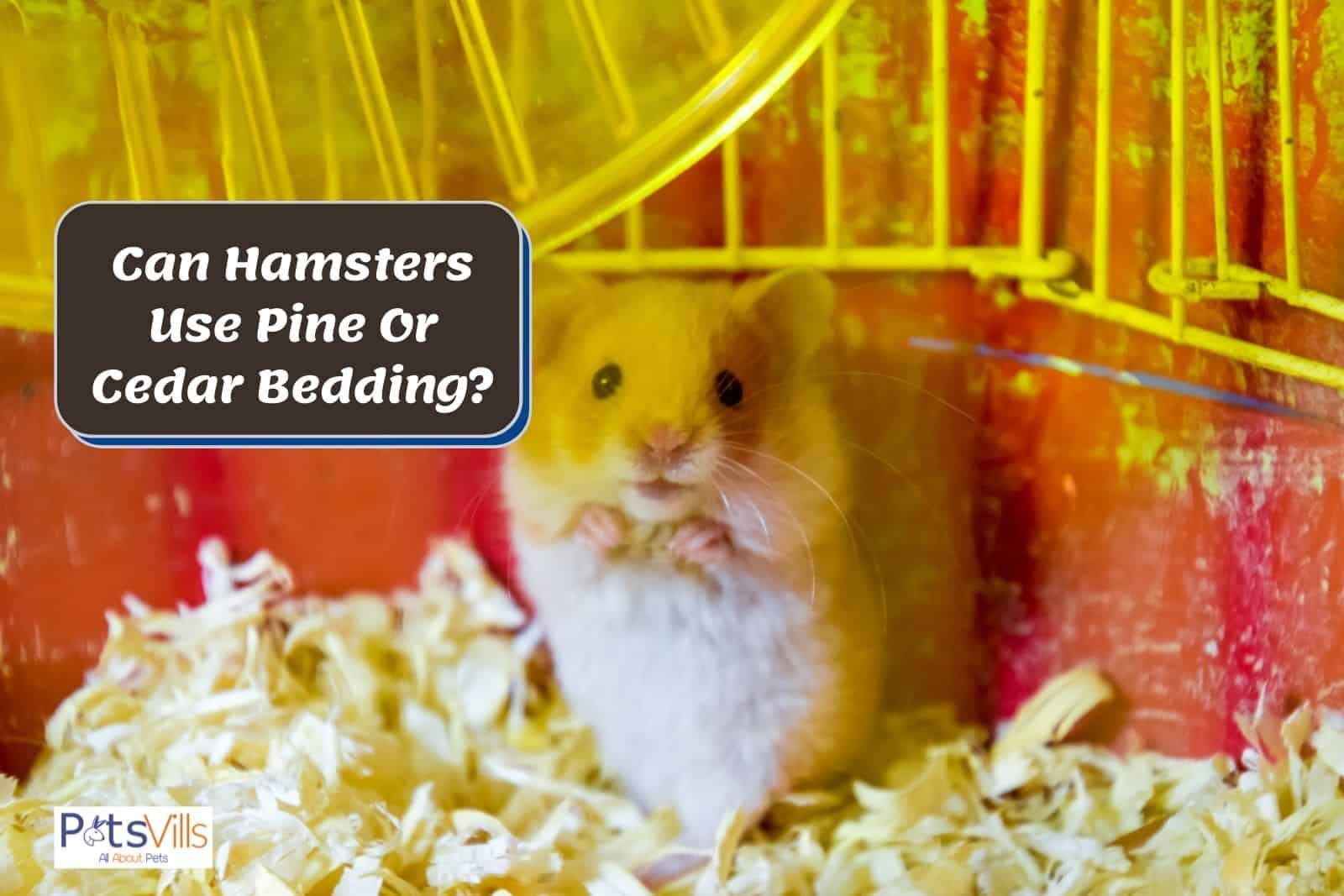Choosing the correct bedding is essential if you want your hamster to be happy and healthy.
One of the more popular bedding choices for small animals is pine — but is it safe for your hamster?
Let’s find out!
Get Your Own Hamster Owner’s Handbook!
Table of Contents
Can Hamsters Use Pine Bedding or Cedar?
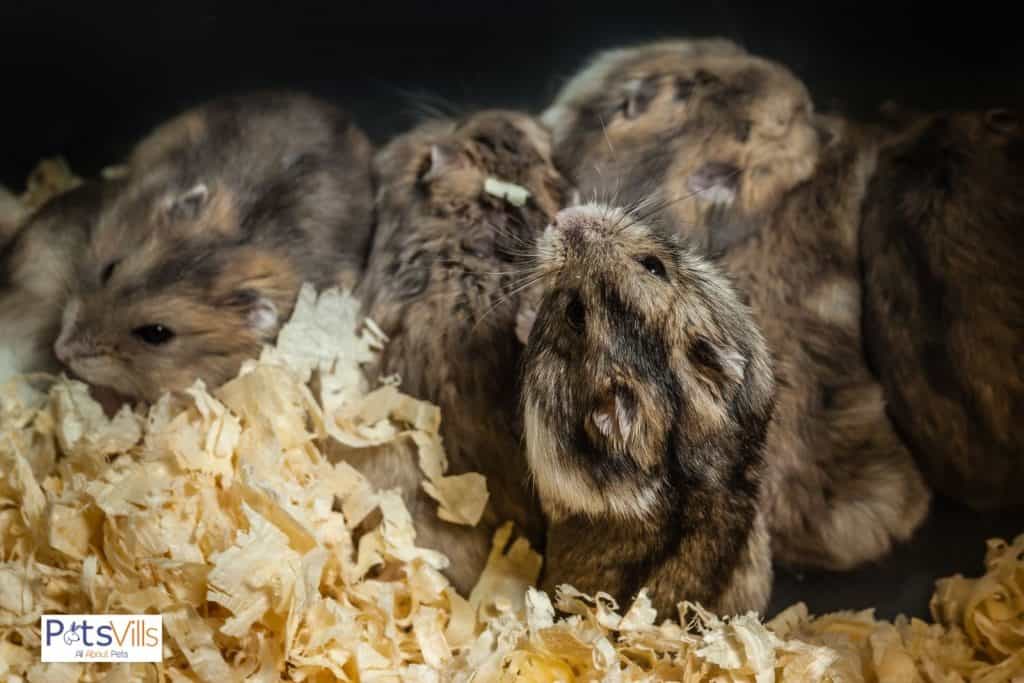
Hamsters cannot use pine or cedar bedding as it’s unsafe for your hamsters (even if it’s been kiln-dried) and may contain harmful substances such as phenols and plicatic/abietic acid.
The smartest choice is to use a type of bedding that does not contain phenols or plactic/abietic acid, like Aspen bedding or bedding plant-based paper fibers.
If you’d like an in-depth explanation of why the phenols and acid present in pine and cedar bedding are harmful to hamsters, read on.
READ MORE: How to Get Your Hamster to Drink Water?
What Are Phenols?
Phenols are a type of acidic chemical compound found naturally in conifer trees. Cedar and pine trees are both types of conifer trees, and thus contain phenols.
To get more specific on what phenols exactly are, I’d have to get into the chemistry and molecular makeup. I think that’s a tad bit beyond the scope of this article, but if you’re interested in that you can read all about phenols on this page.
All you really need to know is that phenols are what give pine, cedar, and other conifer trees their distinctive smell, and allowing your hamster to inhale that phenol-laden smell 24/7 is bad for their health.
Why Are Phenols Bad for Hamsters?
If your hamster is exposed to phenols for a prolonged period of time, it can develop serious long-term health issues.
Breathing in the aroma given off by pine and cedar phenols can damage your hamster’s lungs and cause respiratory problems.
It can also cause irreparable damage to the liver, kidneys, and heart, all of which can give your furry little guy (or gal) a shorter life expectancy and a lower quality of life.
What Is Plicatic/Abietic Acid?
Plictatic acid and abietic acid are actually two different things, but I’ve been combining them up until now for the sake of brevity in the article introduction.
Plicatic acid is an irritant found in cedarwood, and abietic acid is an irritant found in pine wood.
While these acids have different molecular structures, they are essentially the same thing as far as this article is concerned. Prolonged exposure to either can make your hamster ill.
Find out other safe bedding alternatives in this video:
Why Is Plicatic and Abietic Acid Bad for Hamsters?
Both plicatic acid and abietic acid have been labeled by OSHA as skin and respiratory irritants, and this labeling is backed up by scientific research.
While no specific research has been done on hamsters, there has been substantial research done on rats. The scientists found that exposure to either kind of acid resulted in significant damage to the rats’ respiratory cells, which might lead to chronic lung damage.
Constant exposure to the fumes emitted by cedar and pine trees aren’t healthy for any kind of animal, and literally living in cedar or pine shavings is probably the most surefire way to ensure constant exposure to these toxic acids.
While any negative health effects caused by these irritants would be long-term, it’s still best to avoid using cedar or pine for any length of time.
The jury may be out on how long it would take for your hamster to get sick from pine or cedar bedding, but the jury is very much in on the fact that they will get sick from it eventually.
Doesn’t Kiln-Drying Get Rid of Phenols and Plicatic/Abietic Acid?
One of the more common beliefs regarding pine and cedar bedding is that kiln-drying the wood before turning it into bedding will get rid of the unwanted phenols and acids.
This isn’t necessarily true. The primary purpose of kiln-drying wood is to remove water — not phenols or acid. As such, the typical temperature kiln-dried wood is exposed to ranges from 100° to 240°F.
Depending on the company in charge of kiln-drying, you stand a decent risk of buying bedding that has not had its harmful acid removed from it, as the melting points of these acids are at the high end of this range.
The other issue is that there is no industry standard on kiln-drying wood. Each manufacturer has its own preference, and buying pine or cedar bedding leaves your hamster’s health and quality of life at the mercy of the bedding manufacturer.
Also Check: Is Hay Good for Hamsters?
Why Do Bedding Manufacturers Even Make Pine and Cedar Bedding?
The short answer is that most governments don’t care all that much about the long-term health of small pets.
As a result, they don’t impose any laws or regulations on the bedding that can be made for these pets. This means the small pet bedding industry is essentially a free-for-all where anything goes.
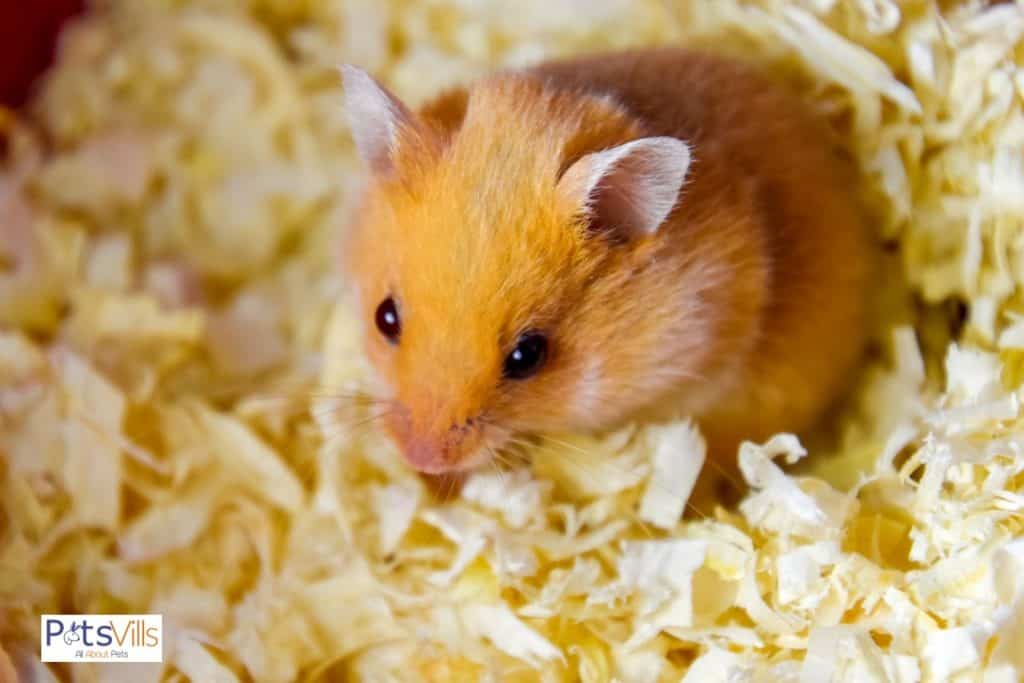
As long as the bedding material isn’t obviously harmful, companies are free to market and sell it to unknowing small pet owners.
The other reason is that cedar and pine aren’t obviously harmful. It can take years of constant exposure for a hamster to experience any ill effects.
By that point in time, they’re already nearing the ends of their unfortunately short lifespans.
When they die, no one is performing any autopsies or investigating the environmental factors that may have caused the death. It’s just accepted that hamsters don’t live for long, and everyone moves on.
READ MORE: Tips on How to Take Care of a Hamster
Do Any Other Kinds of Bedding Contain These Toxic Substances?
Phenols can be found in any conifer, which includes (amongst others) hemlocks, junipers, redwoods, spruces, and yews.
Cedar and pine are the only types of conifer typically used for hamster bedding though, so you should be safe as far as phenols and acids go when using other wood-based bedding, such as aspen.
ALSO READ: How Often Does Hamster Bedding Need to Be Changed?
What Kind Of Bedding Should I Use Instead?
There are many options that can be used for hamster bedding. In addition to cedar and pine, I suggest you avoid using these types of bedding:
- Shredded newspaper: The ink on the paper can be toxic, and your hamster will almost certainly eat the paper.
- Cat litter: Again, your hamster will probably try to eat the cat litter, and it may cause digestion problems.
- Corn kernels: While uncooked pieces of corn might seem like a good solution initially, they may get moldy over time. The large and relatively hard exterior of the kernels will also cause digestion issues when your hamster tries to eat them.
I suggest using one of the following kinds of bedding, as they are simultaneously effective and free from harmful substances:
- Dust-free paper bedding
- Aspen Shavings
- Plant-fiber based bedding
Here are some of the best hypoallergenic beddings.
READ MORE: Do Hamsters Get Lonely at Night?
FAQs
Can the phenols, plicatic acid, or abietic acid in pine and cedar bedding harm me or my family?
No. The concentration of these substances in hamster bedding is far too low to harm a human.
My hamster has been using pine or cedar bedding for a while now. Are they going to experience these health problems?
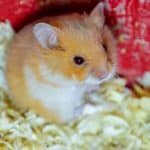
Not necessarily. There have been reports of hamsters using pine or cedar bedding and living healthy lives. It’s better to use bedding like aspen or paper that definitely won’t make your hamster ill.
Do hamsters need bedding?
Bedding is essential for hamsters as they need bedding to build their nest.
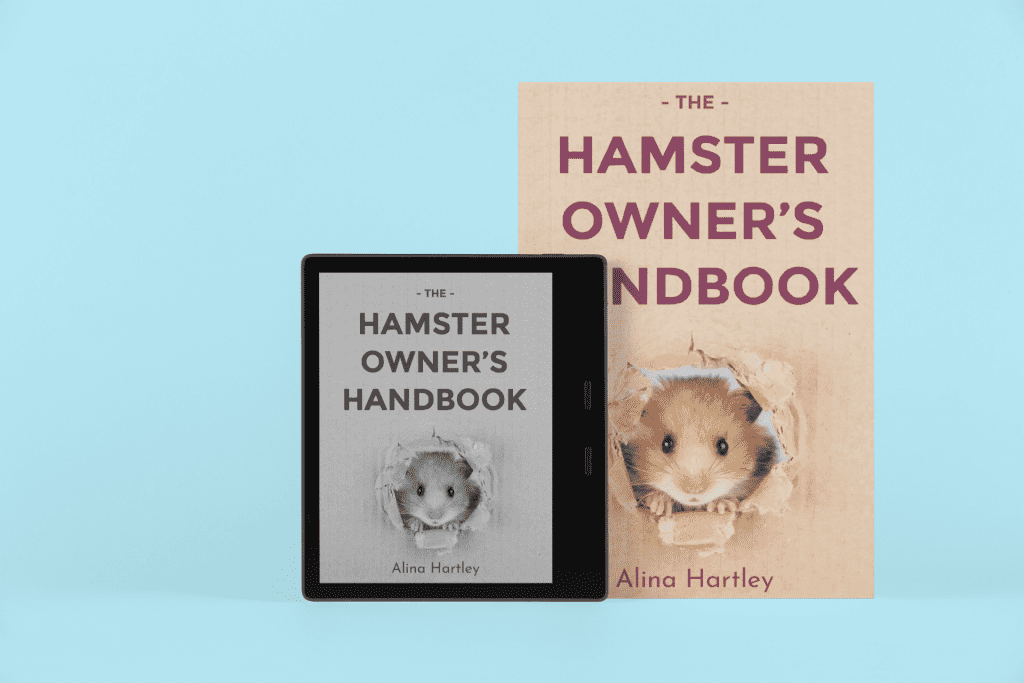

References
- Ayars, Garrison H., Leonard C. Altman, Charles E. Frazier, and Emil Y. Chi. 1989. “The Toxicity of Constituents of Cedar and Pine Woods to Pulmonary Epithelium.” Journal of Allergy and Clinical Immunology 83 (3): 610–18. https://doi.org/10.1016/0091-6749(89)90073-0.
- “Home | Occupational Safety and Health Administration.” 2021. Osha.gov. November 15, 2021. https://www.osha.gov/.
- PubChem. 2021a. “Abietic Acid.” @Pubchem. PubChem. 2021. https://pubchem.ncbi.nlm.nih.gov/compound/Abietic-acid.
- ———. 2021b. “Phenol.” @Pubchem. PubChem. 2021. https://pubchem.ncbi.nlm.nih.gov/compound/Phenol.
- ———. 2021c. “Plicatic Acid.” @Pubchem. PubChem. 2021. https://pubchem.ncbi.nlm.nih.gov/compound/Plicatic-acid.
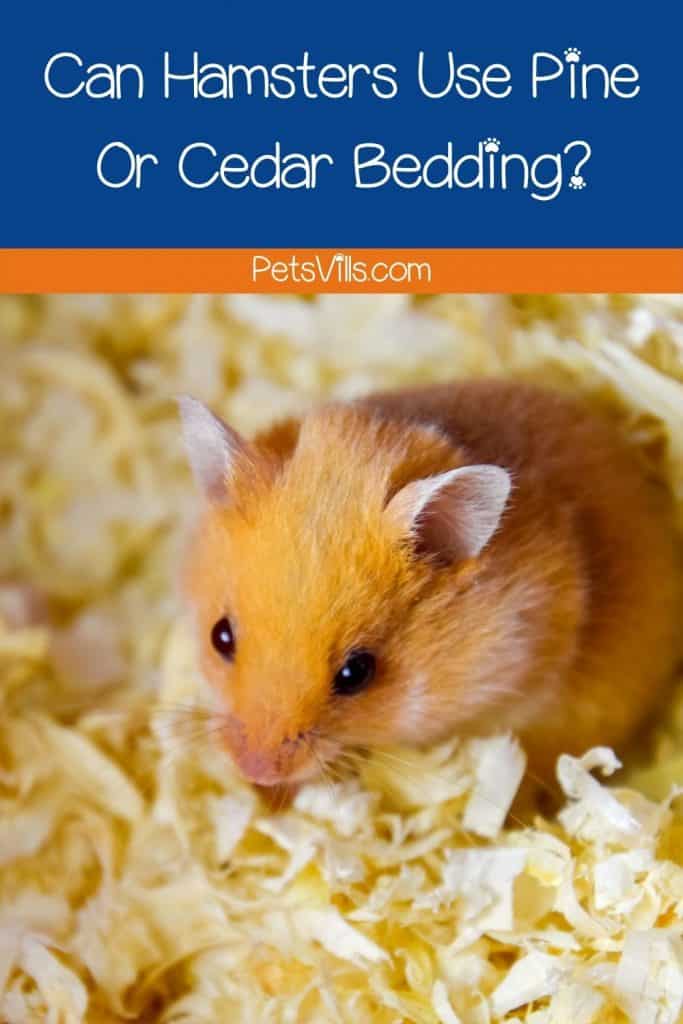
Can hamsters use pine bedding or cedar? Is it safe for them? Please share your opinion in the comments below!
Alina Hartley is a small-town girl with a ginormous love of bearded dragons. It all started with Winchester, a baby bearded who was abandoned at the shelter by his former owners because of a birth defect that caused one front leg to be shorter than the other. Alina originally went to the shelter looking for a guinea pig, but one look at Winchester and it was love at first sight. From that day on, Alina has dedicated her life to learning everything she can about bearded dragons. She loves helping new beardie parents start their incredible journey with these magnificent reptiles.
Follow her on:
LINKEDIN
TWITTER.
Read her latest articles HERE
Learn more about her HERE.

